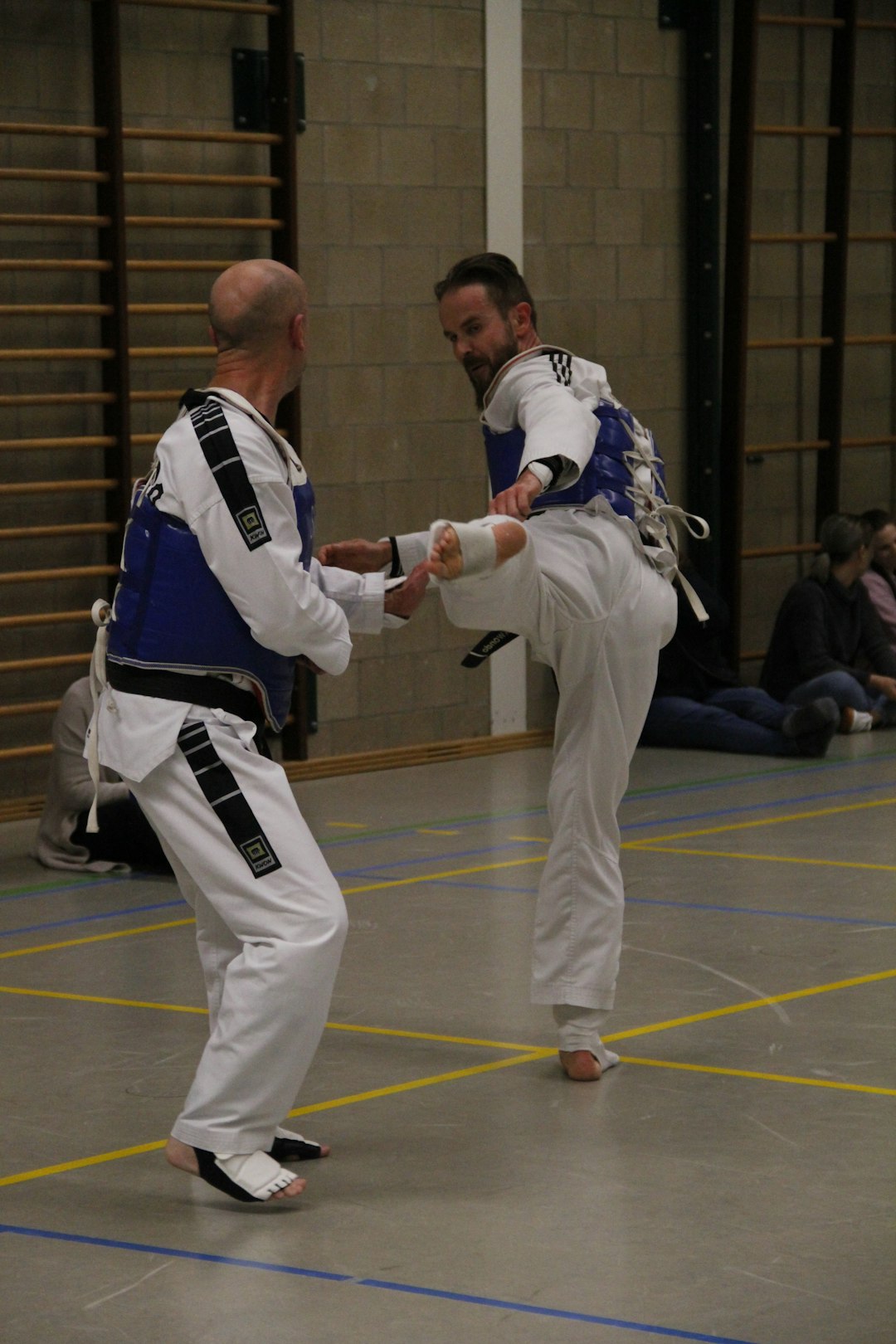The karate uniform, known as a 'gi,' is central to the practice of karate, serving both practical and symbolic purposes. It represents purity and humility with its white top and stability and earthiness with its black bottoms, while also reflecting the martial art's heritage and adaptations over time. Originally inspired by attire used in judo and kendo, the karate gi has evolved to cater to the specific movements of karate, such as strikes and kicks, becoming lighter and more flexible without losing its traditional essence. The continuous refinement of the karate uniform name ensures that it remains functional for modern practitioners while preserving the discipline's rich history, thus maintaining relevance for future generations of martial artists.
Karate enthusiasts and practitioners often wonder about the garments that embody the discipline’s essence. This article sheds light on the quintessential attire of karate, known colloquially as a “karate suit,” which in its authentic form is called a ‘keikogi.’ Delve into the origins and evolution of this garb, understanding its significance beyond mere tradition. We will explore how the keikogi, also known as a ‘gi,’ has transformed to meet the demands of functionality while retaining the spiritual and cultural roots of this martial art. Join us on this journey through the fabric of karate’s history, as we uncover the story behind the karate uniform name.
- Understanding the Karate Uniform: A Glimpse into Gi and Keikogi
- The Evolution of the Karate Gi: Tradition, Functionality, and Significance
Understanding the Karate Uniform: A Glimpse into Gi and Keikogi

When delving into the world of karate, one encounters various terms and garments that are integral to the practice. Among these, the karate uniform holds a significant place. Known by different names such as ‘keikogi’ in Japan or simply ‘gi’ which is a term widely used internationally, these garments serve both functional and symbolic purposes. The top part of the keikogi, or gi jacket, is often white, signifying purity and humility, while the pants are traditionally black, representing the earth and stability. The uniform’s design allows for ease of movement, which is crucial during the practice’s dynamic movements and techniques. Are the terms ‘keikogi’ and ‘gi’ interchangeable, or do they have distinct meanings? ‘Keikogi’ specifically refers to the traditional Japanese karate uniform, while ‘gi’ is a broader term that encompasses various styles of martial arts uniforms worldwide.
The construction of a karate uniform is meticulous, with specific details that cater to the practitioner’s needs. The jacket and trousers are designed to be both durable and comfortable, with reinforcements on stress points to ensure longevity. The fabric, typically a cotton blend, provides breathability during intense training sessions. Additionally, the uniform features belt loops and a collar for a secure fit. These elements are key in maintaining focus during practice, as discomfort or the constant need to adjust attire can be disruptive. What is the primary function of a karate uniform? The primary function of a karate uniform is to facilitate movement without hindrance, provide comfort, and reflect the discipline’s traditions and values.
The Evolution of the Karate Gi: Tradition, Functionality, and Significance

The karate uniform, commonly known as a gi, has a storied history that intertwines tradition with functionality, making it an integral part of the martial art’s practice and significance. Originating from the traditional Japanese keiko-gi, which was designed for judo and kendo, the gi used in karate has undergone subtle yet distinct changes over time to adapt to the specific needs of the discipline. What is the karate uniform name, and how has it evolved? The original garment was a heavy, sturdy cotton robe with pants, known as a judogi. However, as karate practitioners required greater mobility for their kicks and strikes, modifications were made to the gi’s design, such as lightening the fabric and adjusting the fit to allow for a full range of motion without compromising on durability. These alterations ensured that the gi not only honored traditional aesthetics but also facilitated the technical aspects of karate performance. Today, the karate gi retains its iconic look while accommodating the evolving practices within this dynamic martial art form. What does this evolution signify for the future of the karate uniform? It underscores a commitment to both honoring tradition and embracing practicality, ensuring that the karate uniform name continues to serve as a testament to the discipline’s rich heritage and its ongoing adaptation to modern needs.
In conclusion, the karate uniform, known as both ‘Gi’ and ‘Keikogi,’ serves as a tangible representation of the discipline and tradition inherent in karate practice. The evolution of this attire reflects a harmonious blend of functionality and cultural significance, adapting over time to meet the needs of the practitioners while preserving its origins. Whether referred to as a ‘karate uniform name’ or by its traditional designations, it remains an integral part of the martial art’s identity, symbolizing respect, dedication, and unity among its practitioners. Understanding the significance of this attire deepens one’s appreciation for karate’s rich history and its lasting impact on the world of martial arts.
